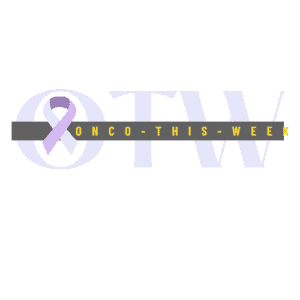MARIO-3 Updates reported in Patients with 1L mTNBC Suggesting Potential Long-Term Patient Benefit of Eganelisib

“Given our goal of improving long-term patient outcomes, we are particularly pleased to see that the addition of eganelisib to standard of care therapy showed benefit in the one-year progression free survival rate in MARIO-3 regardless of PD-L1 status,” said Robert Ilaria, Jr., MD, Chief Medical Officer of Infinity. “These data reinforce the positive two-year landmark overall survival data from MARIO-275 in 2L urothelial cancer, also regardless of PD-L1 status, and the encouraging PFS observed in checkpoint inhibitor refractory squamous cell cancer of the head and neck in our MARIO-1 study, which all support the potential of eganelisib to improve long term outcomes for patients.”
Share:
More News
Thomas Guérinier, CEO and Co-founder of Inside Therapeutics: “The collaboration with OSE and MiNT provides us with a fantastic opportunity to demonstrate the uniqueness of our technology for the development of mRNA therapies from early development through to clinical trials and GMP production. The HexARN project fits perfectly with our
Thomas Mehrling, MD, PhD, CEO and Director of Helix, said “As co-founder of the Laevoroc companies, I’ve had the privilege of seeing LEUMUNA and GEMCEDA evolve from early scientific concepts into differentiated, first-in-class therapeutic candidates with real potential to transform cancer care. Their integration into Helix marks a strategic consolidation
“At Boundless, we’re committed to delivering innovative therapies for patients with oncogene-amplified cancers through disciplined execution,” said Zachary Hornby, President and Chief Executive Officer of Boundless Bio. “By prioritizing the novel combination of BBI-355 and BBI-825, along with our exciting Kinesin program, BBI-940, we’re concentrating our resources where we see
“Most of the PMB-102 trial participants relapsed after CD19 CAR T therapy and/or presented with CD19 negative tumors. PMB-CT01 could present a viable alternative option for patients facing this challenging scenario,” said Hazel Cheng PhD., COO of PMB. “We are deeply committed to the development of this first-in-class BAFFR CAR



